RIBA Stirling Prize 2019 shortlist celebrates the diversity of UK buildings
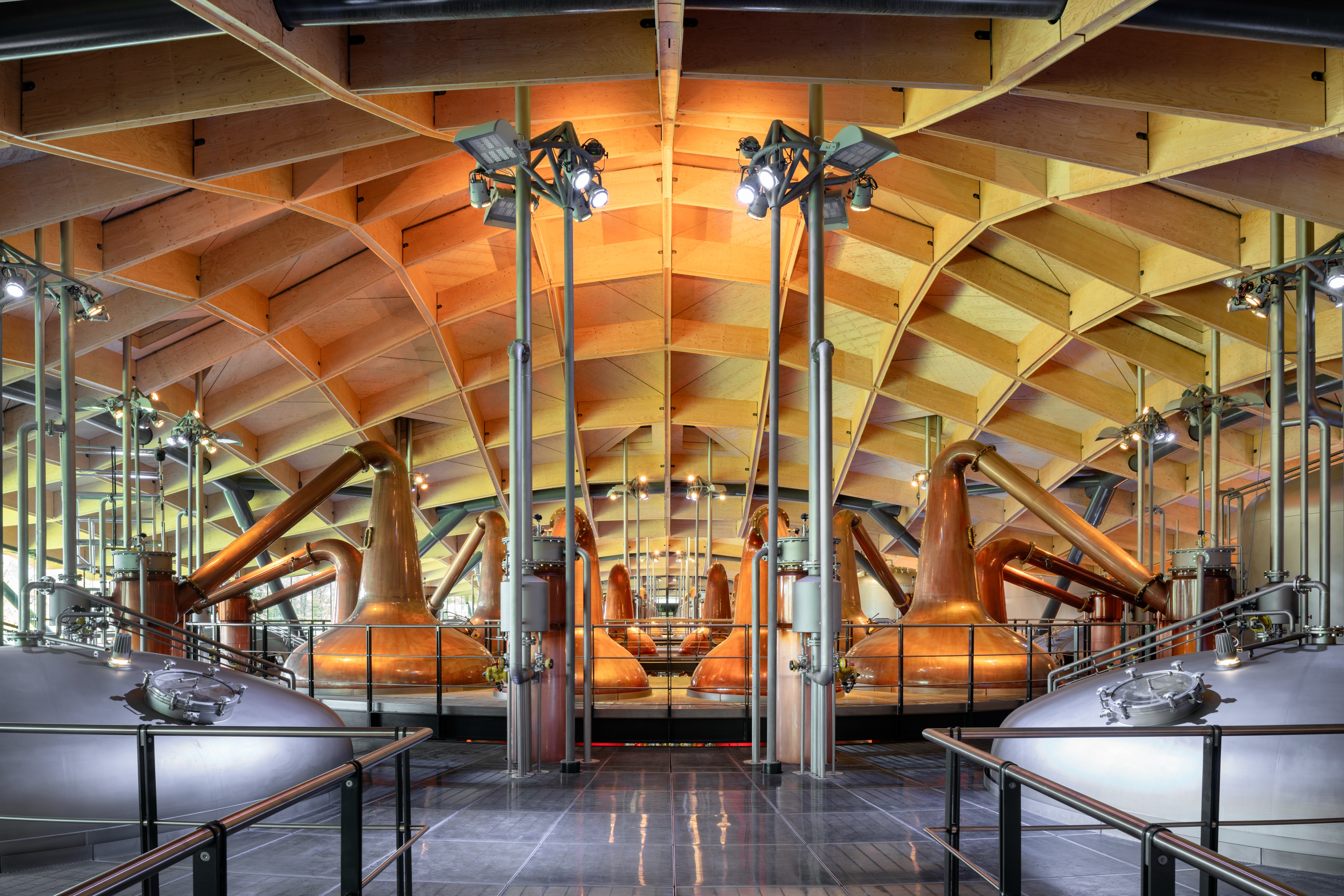
The Royal Institute of British Architects has announced the shortlist for the annual Stirling Prize that highlights the UK’s best building of the year. The projects on the list include a house made of cork, a gin distillery and one of the UK's busiest stations – revealing the diversity of UK building practice today.
Grimshaw’s London Bridge Station was commended for its voluminous, light-filled concourse. A residential housing scheme in Norwich by Mikhail Riches with Cathy Hawley held up for its energy efficiency. Feilden Fowles’ Yorkshire Sculpture Park visitor centre was recognized for its connection to the landscape. The Nevill Holt Opera, renovated from a 17th-century stable block by Witherford Watson Mann Architects and Rogers Stirk Harbour + Partners’ Macallan Distillery both attracted shortlisting because of their unique offerings.
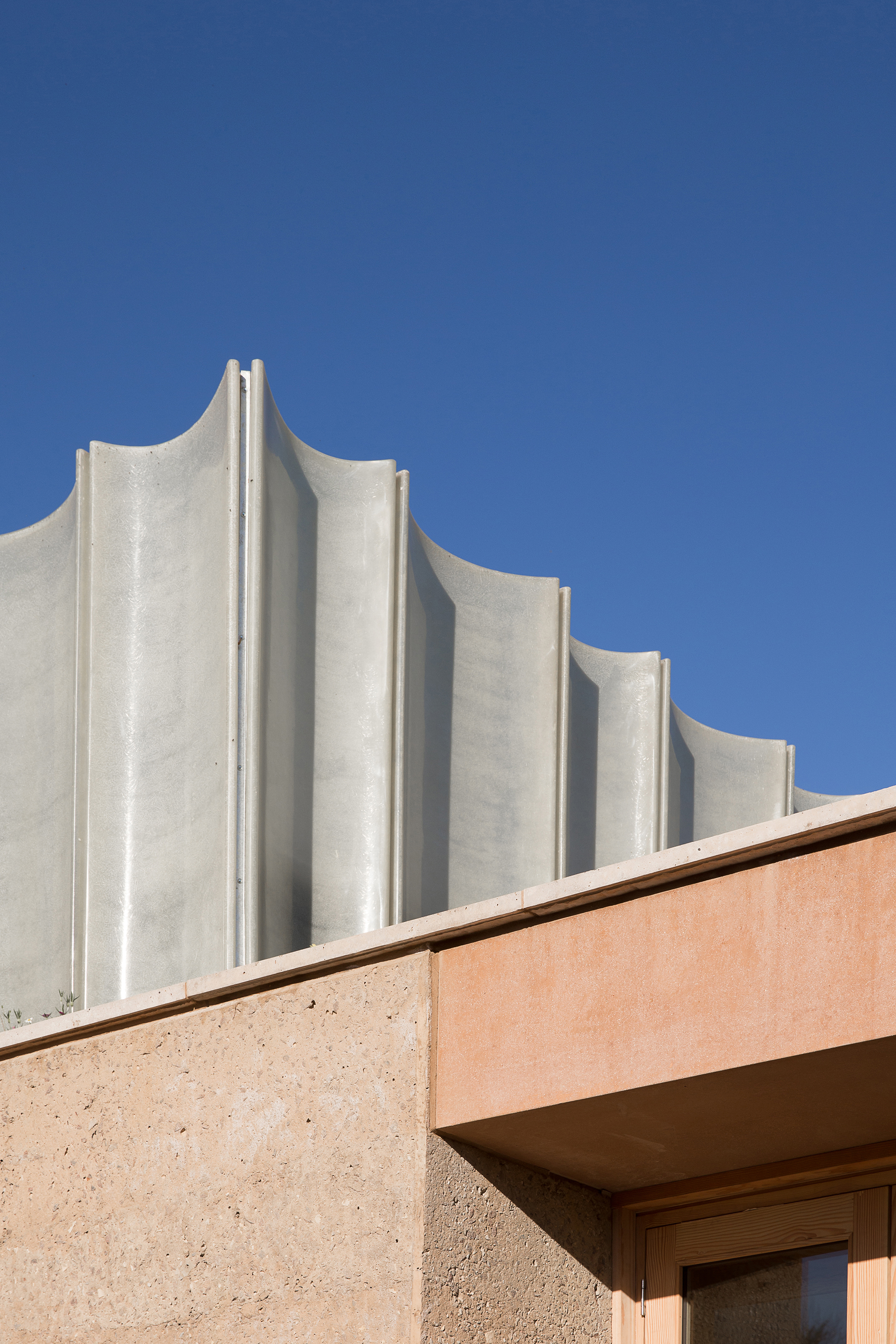
The Weston, Yorkshire Sculpture Park, by Feilden Fowles Architects.
‘These six buildings could hardly be more diverse in typology and scale – from a rustic stable block-turned-theatre to a vast national railway station. But what they have in common – ground-breaking innovation, extraordinary creativity and the highest quality materials and detailing – sets them apart, rightfully earning them a chance to win the highest accolade in architecture,’ says RIBA President Ben Derbyshire.
RELATED STORY
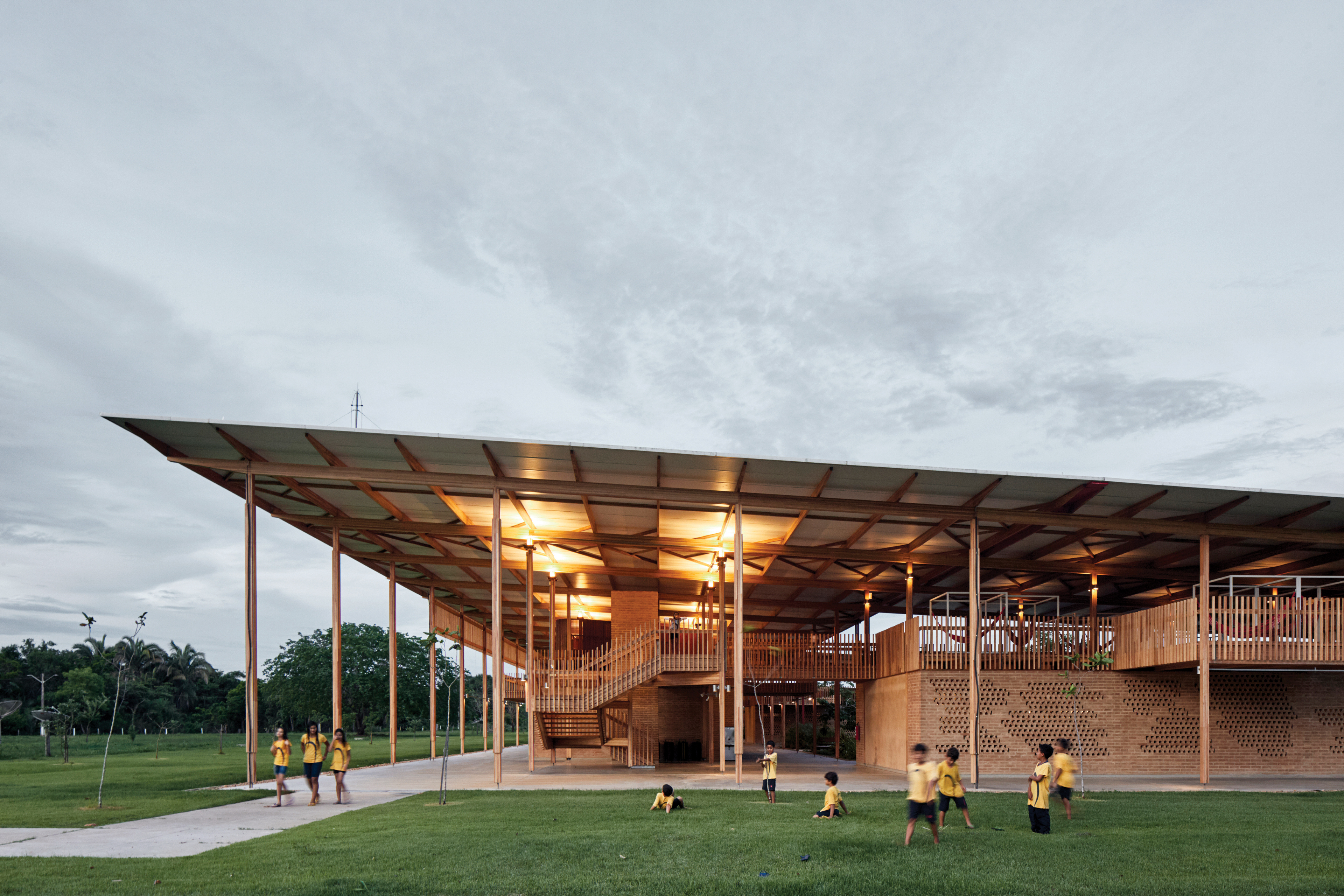
So what does the ‘best’ mean? In 2019, for RIBA, that means ‘ground-breaking innovation, extraordinary creativity and the highest quality materials and detailing,’yet also projects that seek to address the big issues important to the UK right now – from the housing crisis to global climate emergency.
‘From the way that Cork House experiments with entirely plant-based materials, to Goldsmith Street’s ultra-low energy affordable homes, each of these six buildings push the boundaries of architecture, exceeding what has been done before, and providing solutions to some of the most pressing challenges of our times,’ says Derbyshire.
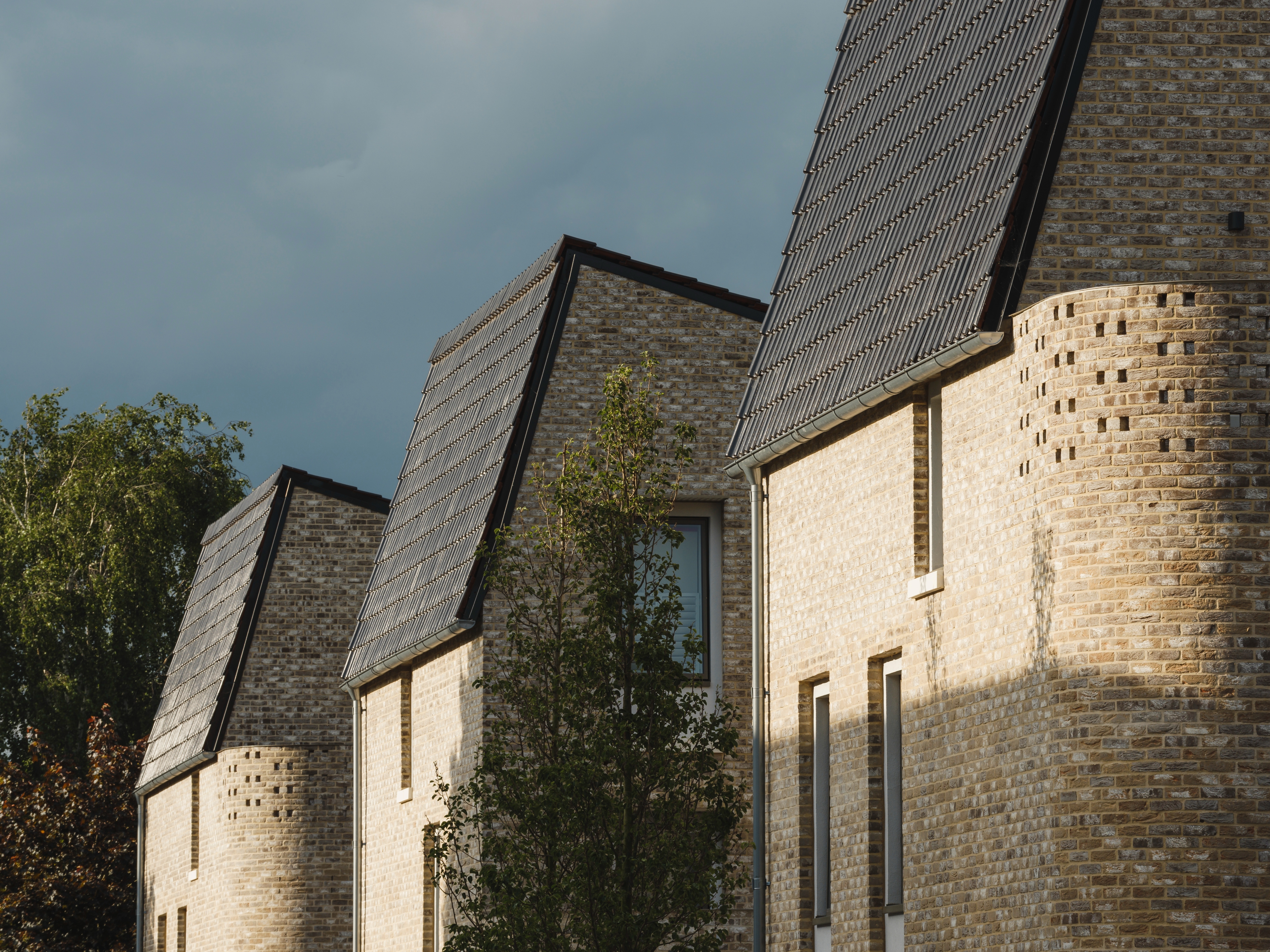
Goldsmith Street, Norwich, by Mikhail Riches with Cathy Hawley. ‘A large development of 105 highly energy-efficient homes for social rent, designed to Passivhaus standards for Norwich City Council’ – RIBA.
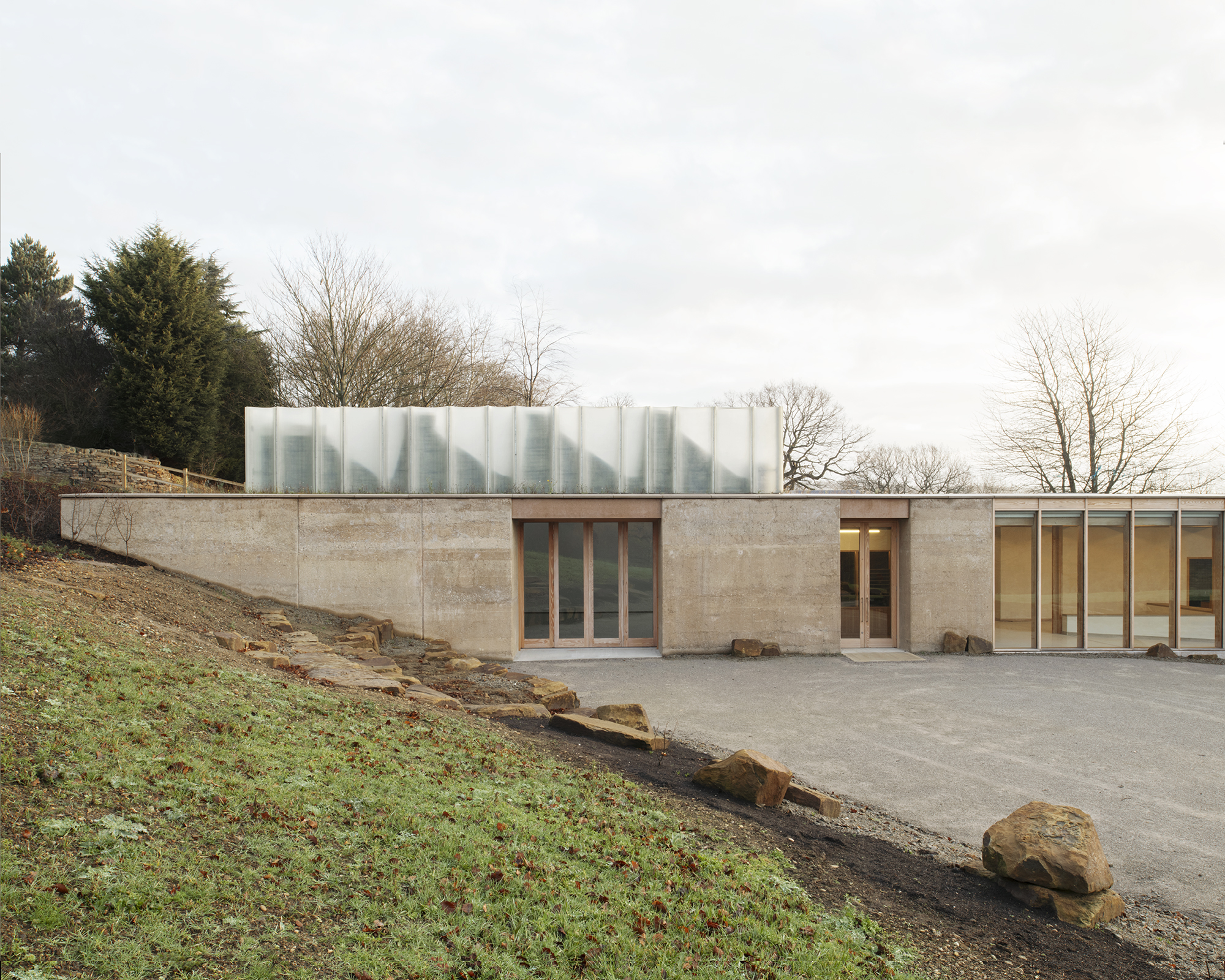
The Weston, Yorkshire Sculpture Park, by Feilden Fowles Architects. ‘An exquisite new gallery and visitor centre nestled into the Yorkshire landscape’ – RIBA. Read more here…
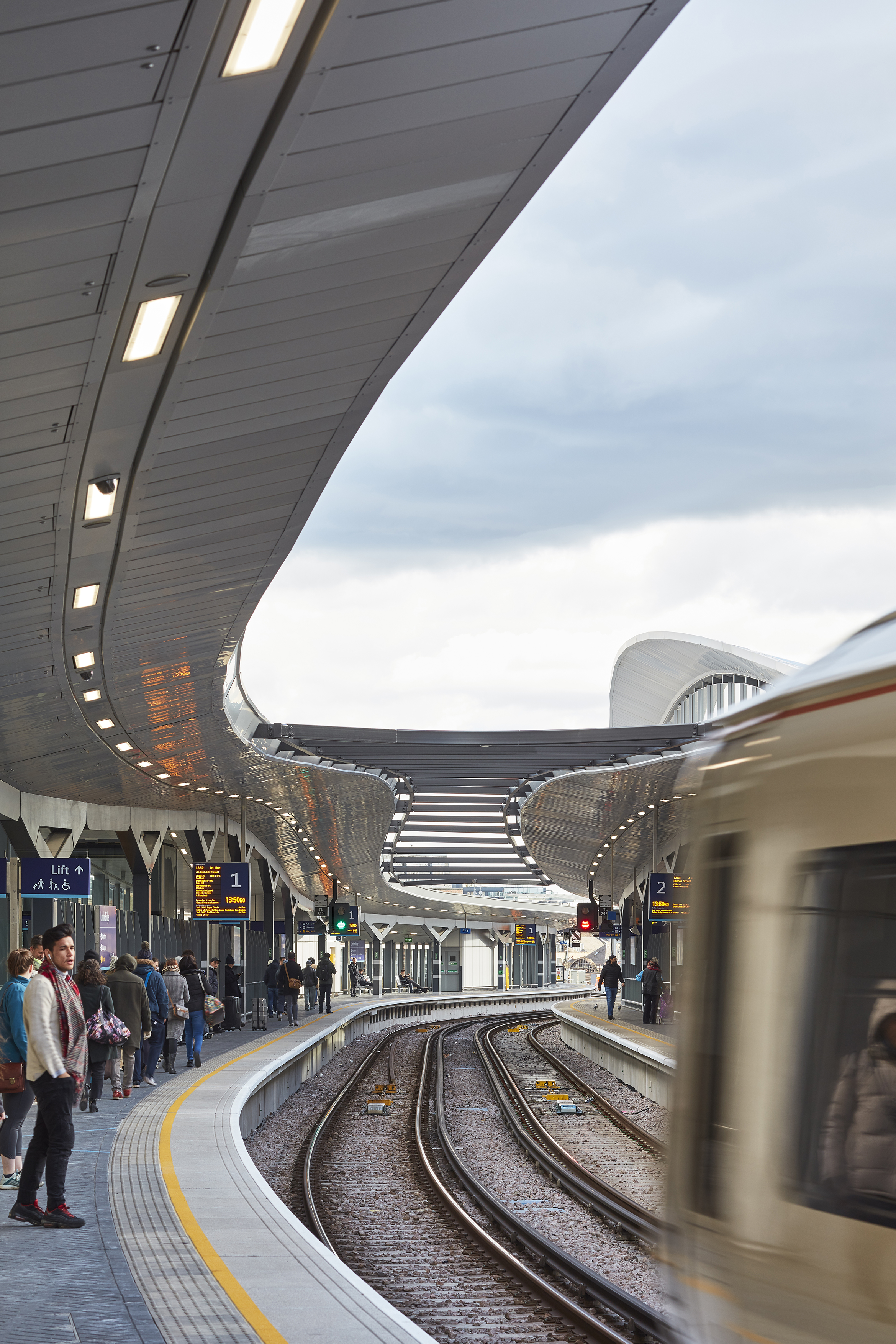
London Bridge Station, by Grimshaw. ‘A radical reconfiguration and development of one of London’s busiest stations with a new voluminous, light-filled concourse’ – RIBA.
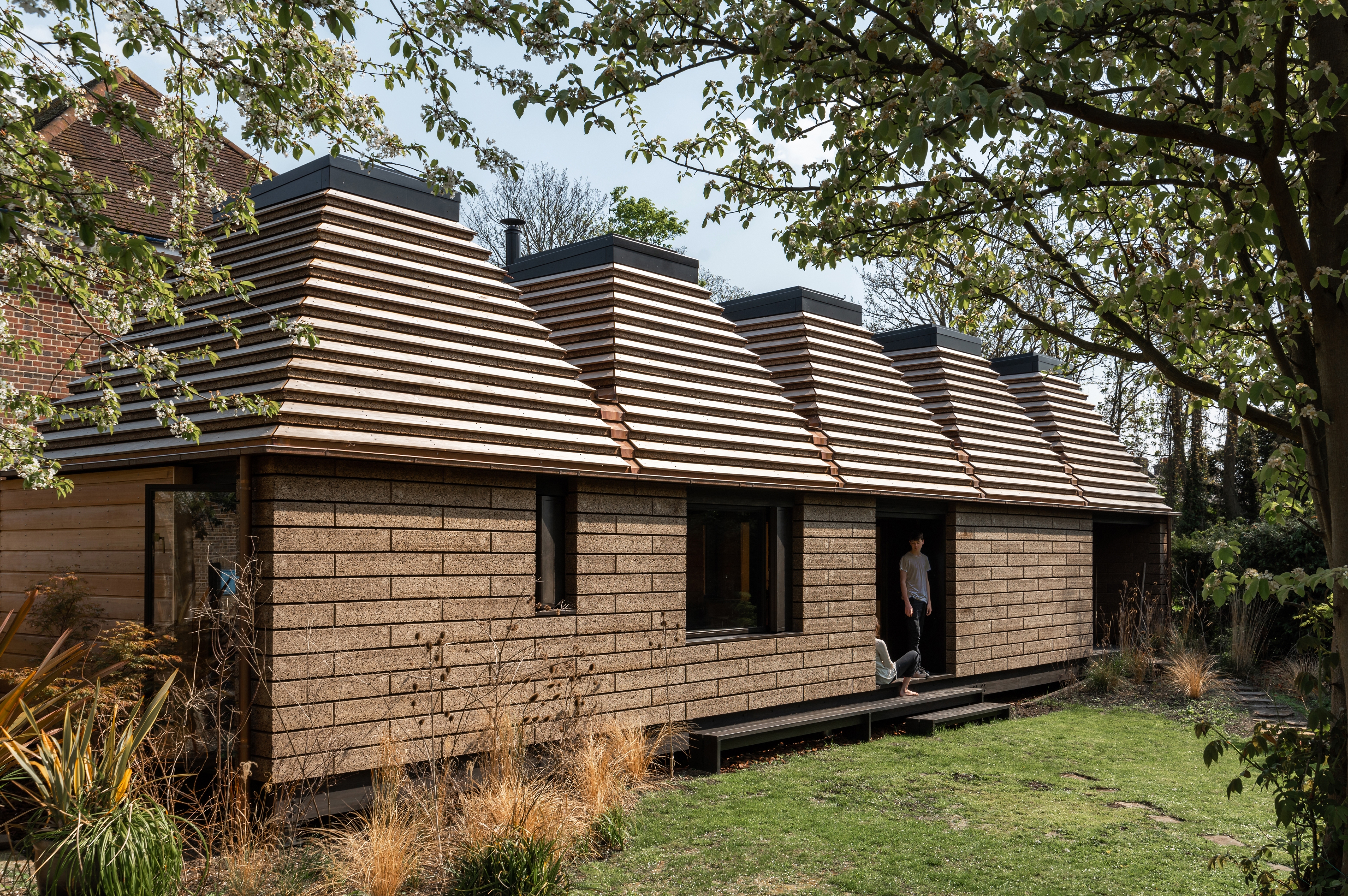
Cork House, Berkshire, by Matthew Barnett Howland with Dido Milne and Oliver Wilton. ‘An ingenious, experimental, carbon-neutral private house made almost entirely from cork’ – RIBA

Nevill Holt Opera, Leicestershire, by Witherford Watson Mann Architects. ‘A contemporary opera theatre within a 17th-century stable block’– RIBA. Read more here…
INFORMATION
Nevill Holt Opera, Leicestershire, by Witherford Watson Mann Architects. ‘A contemporary opera theatre within a 17th-century stable block’– RIBA. Photography: Hélène Binet. Read more here…
Wallpaper* Newsletter
Receive our daily digest of inspiration, escapism and design stories from around the world direct to your inbox.
Harriet Thorpe is a writer, journalist and editor covering architecture, design and culture, with particular interest in sustainability, 20th-century architecture and community. After studying History of Art at the School of Oriental and African Studies (SOAS) and Journalism at City University in London, she developed her interest in architecture working at Wallpaper* magazine and today contributes to Wallpaper*, The World of Interiors and Icon magazine, amongst other titles. She is author of The Sustainable City (2022, Hoxton Mini Press), a book about sustainable architecture in London, and the Modern Cambridge Map (2023, Blue Crow Media), a map of 20th-century architecture in Cambridge, the city where she grew up.
-
 Microsoft vs Google: where is the battle for the ultimate AI assistant taking us?
Microsoft vs Google: where is the battle for the ultimate AI assistant taking us?Tech editor Jonathan Bell reflects on Microsoft’s Copilot, Google’s Gemini, plus the state of the art in SEO, wayward algorithms, video generation and the never-ending quest for the definition of ‘good content’
By Jonathan Bell
-
 ‘Independence, community, legacy’: inside a new book documenting the history of cult British streetwear label Aries
‘Independence, community, legacy’: inside a new book documenting the history of cult British streetwear label AriesRizzoli’s ‘Aries Arise Archive’ documents the last ten years of the ‘independent, rebellious’ London-based label. Founder Sofia Prantera tells Wallpaper* the story behind the project
By Jack Moss
-
 Head out to new frontiers in the pocket-sized Project Safari off-road supercar
Head out to new frontiers in the pocket-sized Project Safari off-road supercarProject Safari is the first venture from Get Lost Automotive and represents a radical reworking of the original 1990s-era Lotus Elise
By Jonathan Bell
-
 An octogenarian’s north London home is bold with utilitarian authenticity
An octogenarian’s north London home is bold with utilitarian authenticityWoodbury residence is a north London home by Of Architecture, inspired by 20th-century design and rooted in functionality
By Tianna Williams
-
 What is DeafSpace and how can it enhance architecture for everyone?
What is DeafSpace and how can it enhance architecture for everyone?DeafSpace learnings can help create profoundly sense-centric architecture; why shouldn't groundbreaking designs also be inclusive?
By Teshome Douglas-Campbell
-
 The dream of the flat-pack home continues with this elegant modular cabin design from Koto
The dream of the flat-pack home continues with this elegant modular cabin design from KotoThe Niwa modular cabin series by UK-based Koto architects offers a range of elegant retreats, designed for easy installation and a variety of uses
By Jonathan Bell
-
 Are Derwent London's new lounges the future of workspace?
Are Derwent London's new lounges the future of workspace?Property developer Derwent London’s new lounges – created for tenants of its offices – work harder to promote community and connection for their users
By Emily Wright
-
 Showing off its gargoyles and curves, The Gradel Quadrangles opens in Oxford
Showing off its gargoyles and curves, The Gradel Quadrangles opens in OxfordThe Gradel Quadrangles, designed by David Kohn Architects, brings a touch of playfulness to Oxford through a modern interpretation of historical architecture
By Shawn Adams
-
 A Norfolk bungalow has been transformed through a deft sculptural remodelling
A Norfolk bungalow has been transformed through a deft sculptural remodellingNorth Sea East Wood is the radical overhaul of a Norfolk bungalow, designed to open up the property to sea and garden views
By Jonathan Bell
-
 A new concrete extension opens up this Stoke Newington house to its garden
A new concrete extension opens up this Stoke Newington house to its gardenArchitects Bindloss Dawes' concrete extension has brought a considered material palette to this elegant Victorian family house
By Jonathan Bell
-
 A former garage is transformed into a compact but multifunctional space
A former garage is transformed into a compact but multifunctional spaceA multifunctional, compact house by Francesco Pierazzi is created through a unique spatial arrangement in the heart of the Surrey countryside
By Jonathan Bell